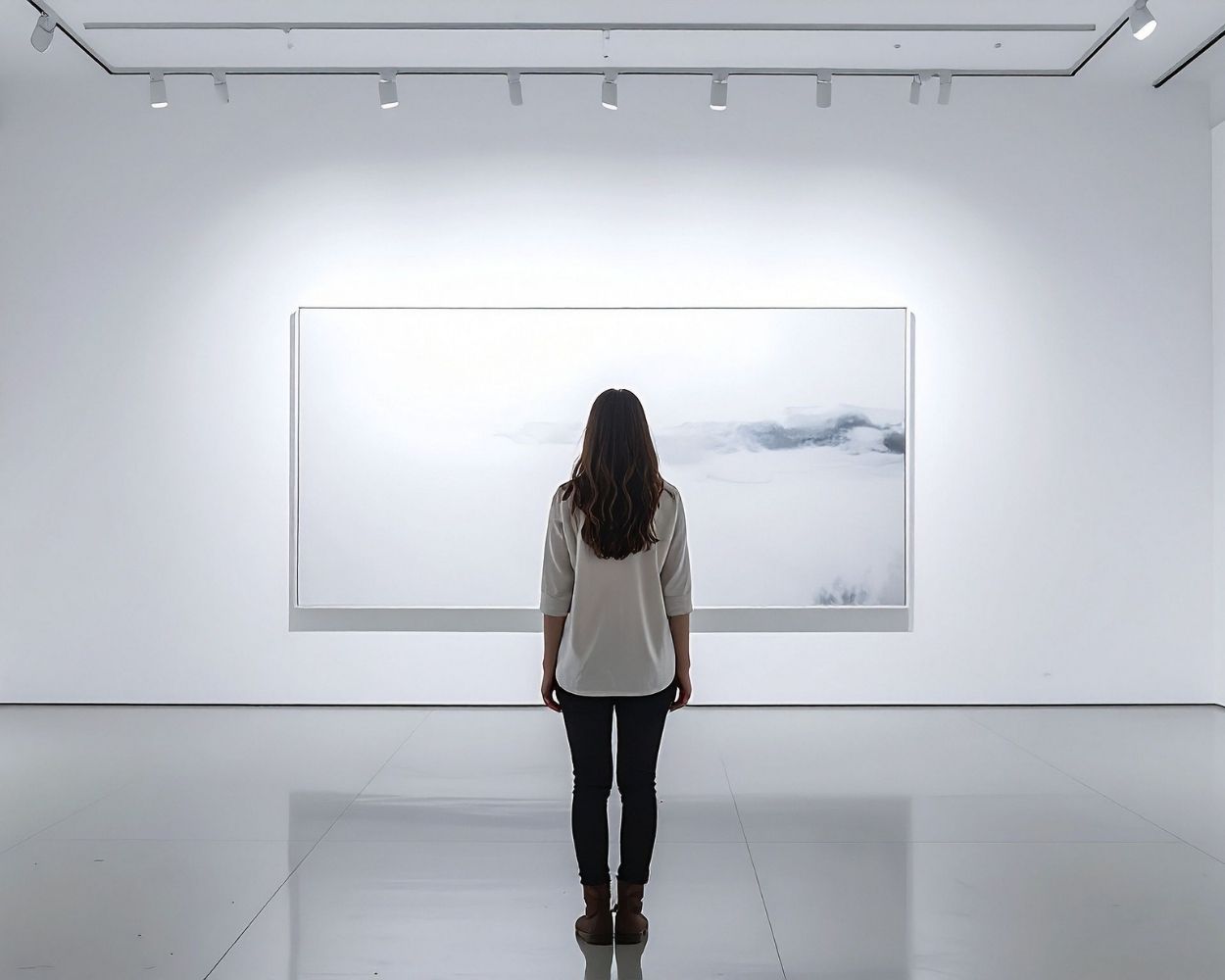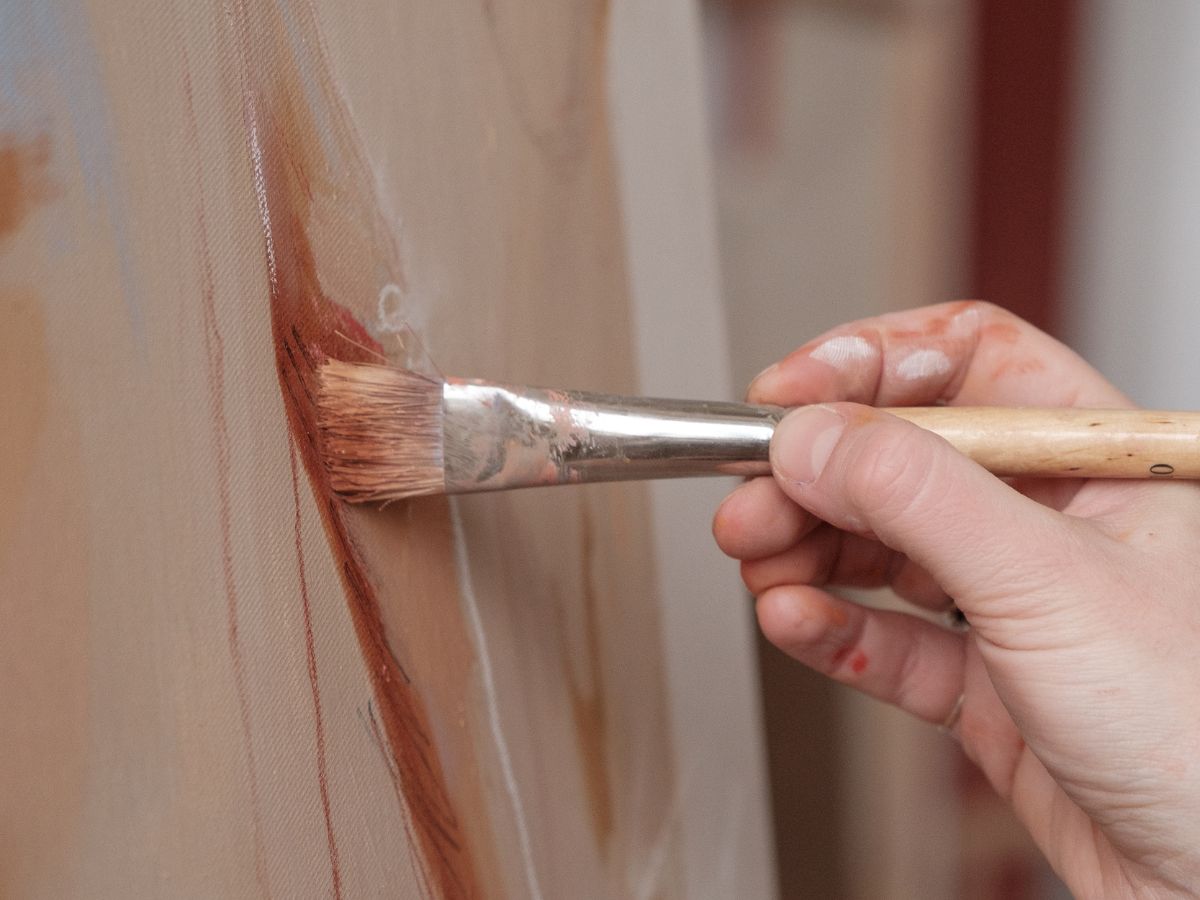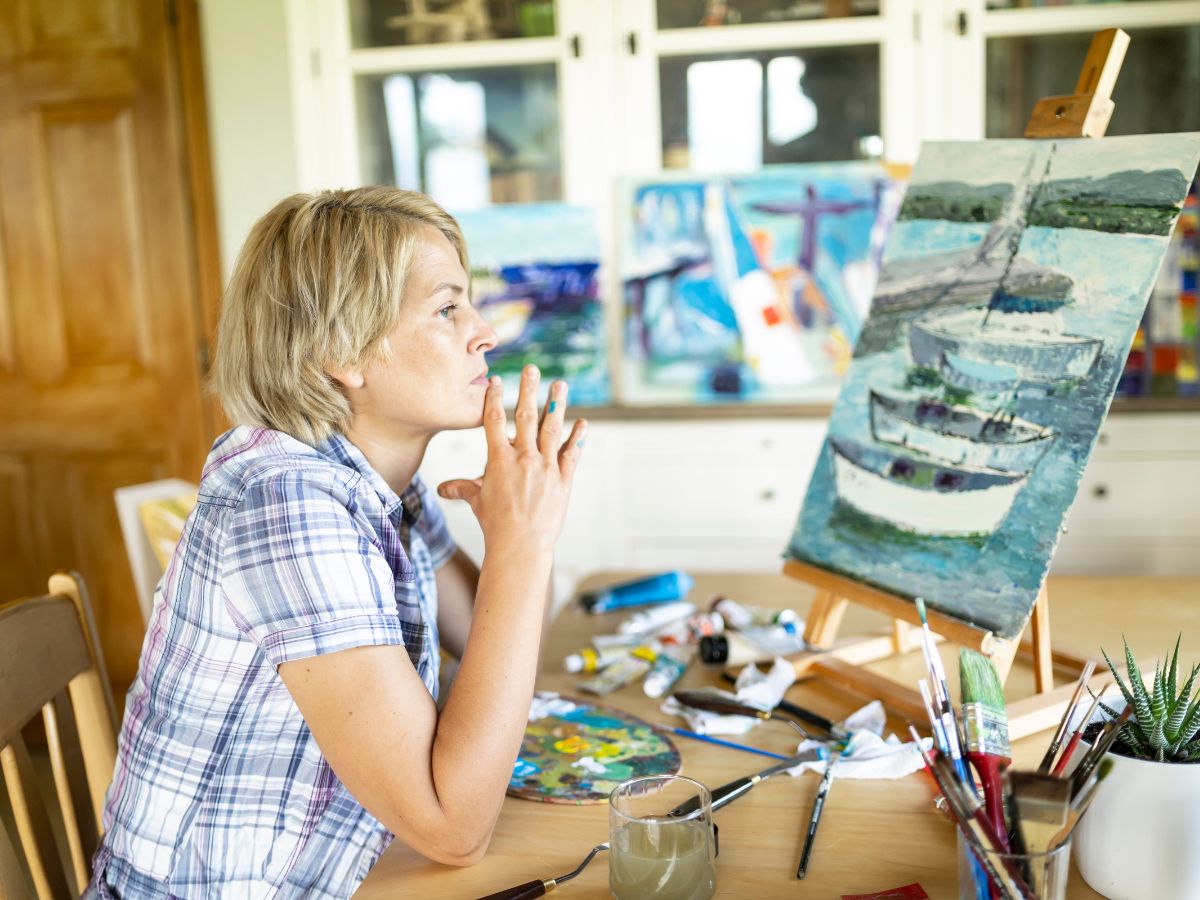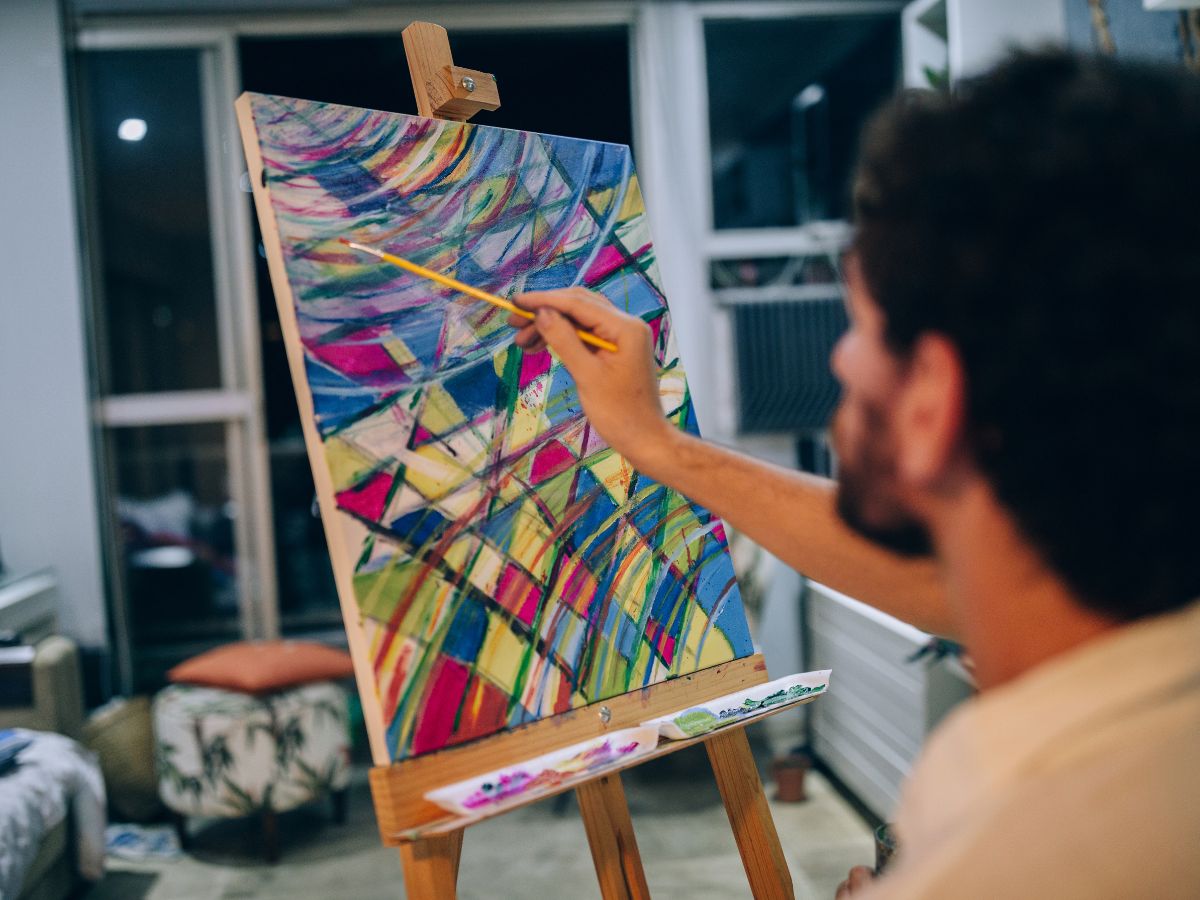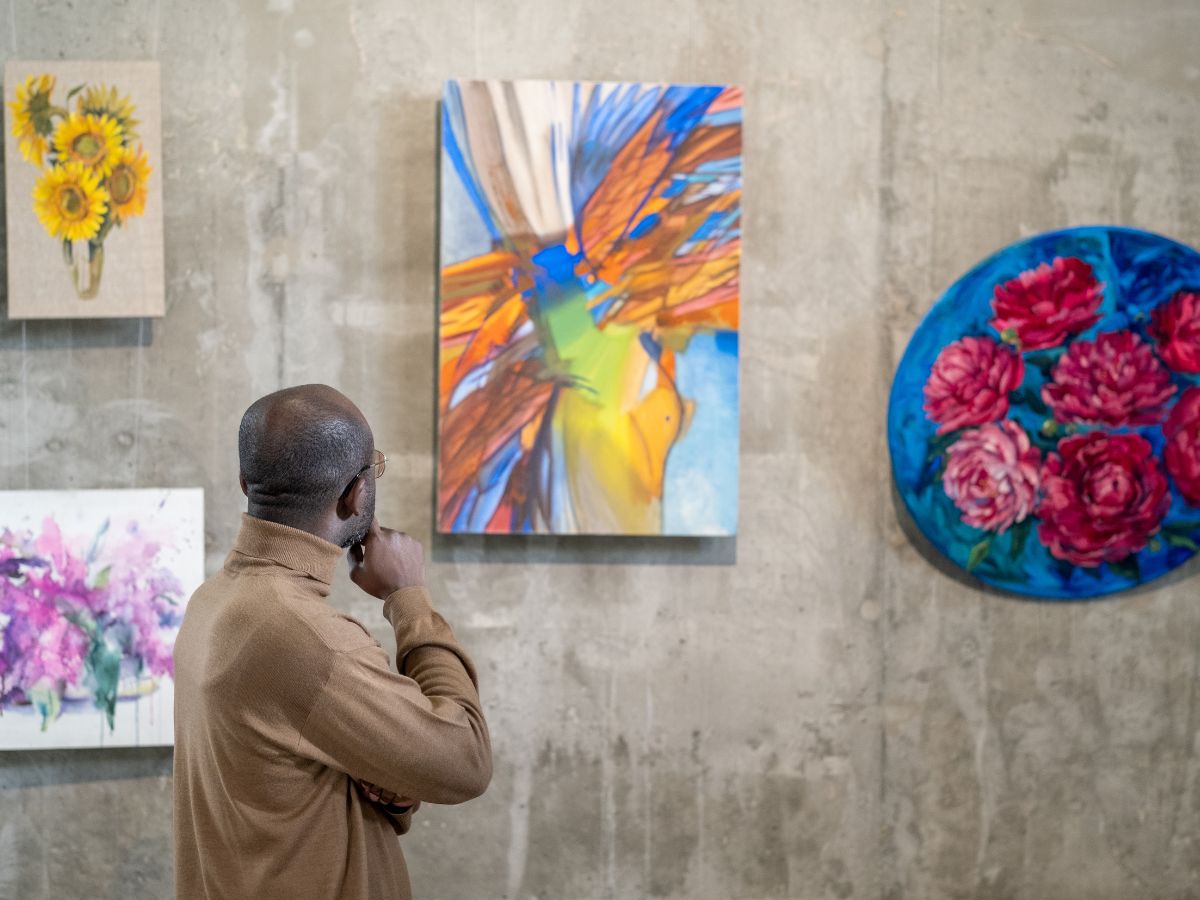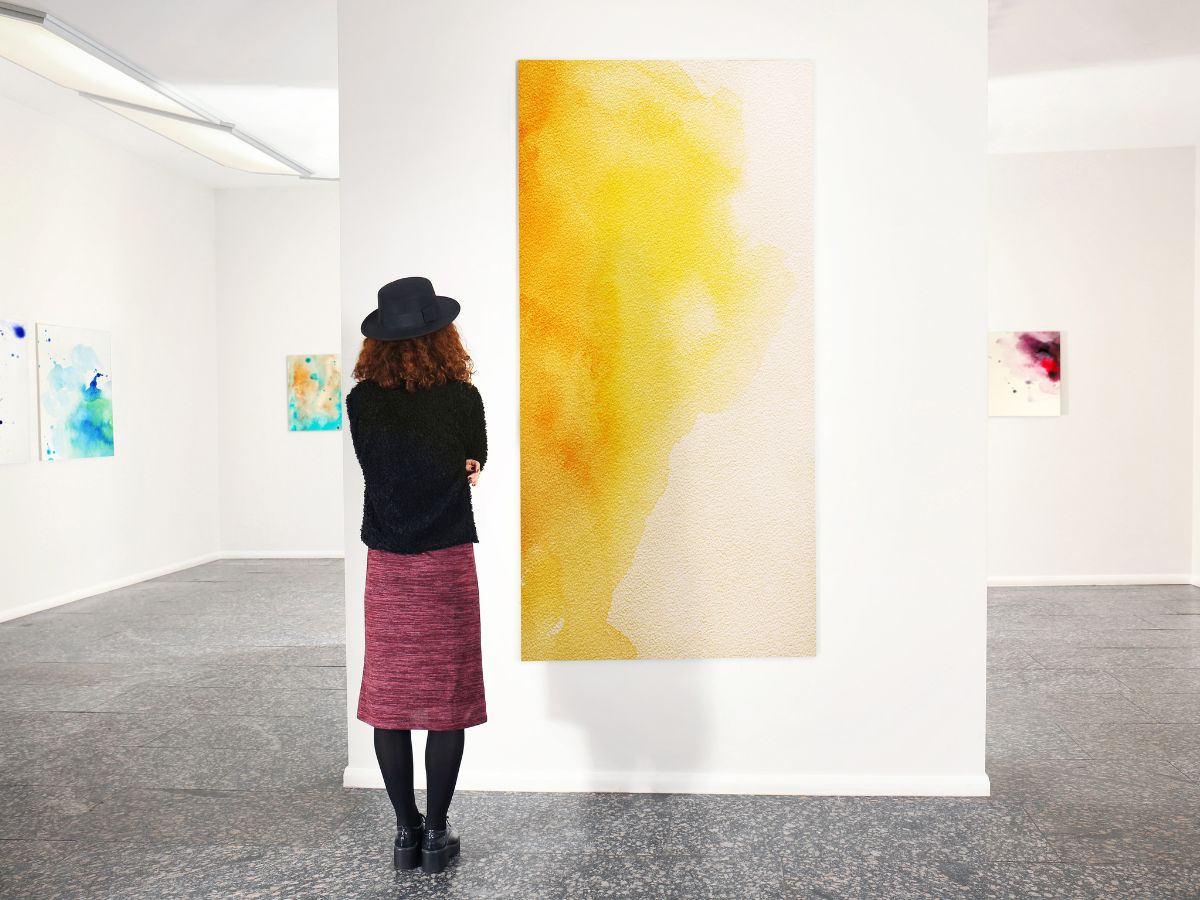
How to Address Warping in Wood Panels
Wood panels are a favorite support for artists because they are rigid, durable and great for fine detail. But unlike canvas, wood responds to moisture and humidity by expanding and contracting. When that movement isn’t balanced, the panel can warp. Here’s how you can prevent warping and address it when it happens.
